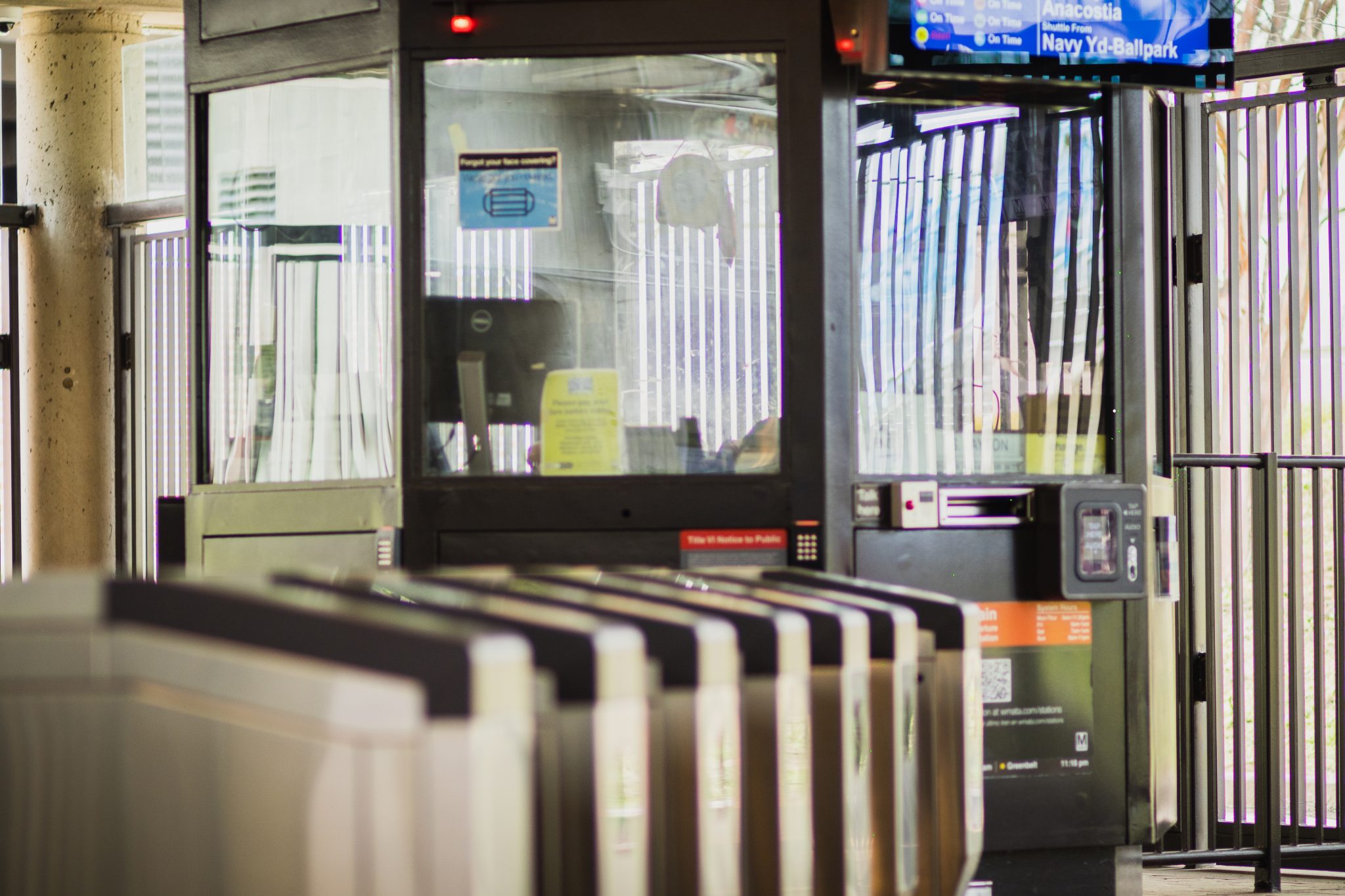Views expressed in opinion columns are the author’s own.
Every morning, I wake up at 4:30 a.m. I get ready, wake myself up and sometimes stare out of my dorm window wondering what exactly I’m doing this for.
I remind myself that I have an internship in Washington, D.C., and have to get to work on time if I want to make sure that I’m back on campus in time. Then I remind myself that it’s all worth it, even as I part with most of my income to make it work.
When I first got to the University of Maryland, people told me that I was lucky to be so close to our nation’s capital. If I wanted, I could take a daytime joyride to Washington, D.C., and be back right on time for anything that could be happening, whether it’s classes, events or other fun activities.
But let’s be realistic. There are several steps to get to even the College Park Metro Station, let alone Washington, D.C., itself.
You’d think, at the minimum, that the university would provide us with some way to get around the area, perhaps a program such as the Washington Metropolitan Area Transit Authority’s U-Pass system, which gives students from enrolled universities unlimited rides on Metro trains and buses.
You could hop on one of the many Metro buses that come to campus, but where do they stop and pick you up? Do you have to pay money to use them? Sure, you can check the Transit app, but how long are you going to have to wait? How many stops are there? What does the commute even look like?
There are a million and one questions, and while this university seems to hope the 104 route can answer them for us, it cannot. It also can’t solve another significant student problem — affording the ride at all. While getting to the station itself is a daunting task, we have to contend with the price of rides and the difficult task of getting back to campus on our way home.
This past year, this university combined two bus routes to create the new 104 College Park Metro/Discovery District route. The new route services both the College Park Metro and Riverdale Park Station throughout the week, which makes buses infrequent and largely inconvenient, in my experience. As someone who relies on the 104, I have to wait anywhere between five to 30 minutes to catch the bus once I get to the Metro station, another way my already long commute is lengthened.
My daily commute starts at my dorm, and every day, I pay about $5.45 to get to work and another $5.45 to get back to school. I go to work four days a week, which makes my weekly expenses roughly $44. And that’s every week, for 10 weeks.
Why, if the university tells us the Metro can be a convenient and inexpensive way to make the most of our experience in College Park, is it so expensive for me to get to my internship in Washington, D.C.?
I’ve paid an inordinate amount of money to commute — more than $400 — that could have been avoided if the university enrolled in WMATA’s U-Pass system. It isn’t just me who has this problem. Several students at this university take the train daily, or near-daily, to take advantage of the opportunities available to us. If the university wants to market the Metro to incoming students, they need to have an affordable way to utilize it.
If the university were to enroll in U-Pass, we could pay for unlimited Metro rides in our mandatory tuition fees. Considering how much we pay already, it is feasible for this university to enroll in U-Pass. I know I, among many other students, would benefit from it. Not only that, we would ensure our incoming students would also enjoy the benefit.
As the dominant Purple Line begins to pop up on campus, U-Pass becomes all the more critical for a university investment. We have the means and the reason to do it.
Jahnavi Kirkire is a senior Government & Politics and International Relations & Public Policy major. She can be reached at jkirkire@umd.edu



